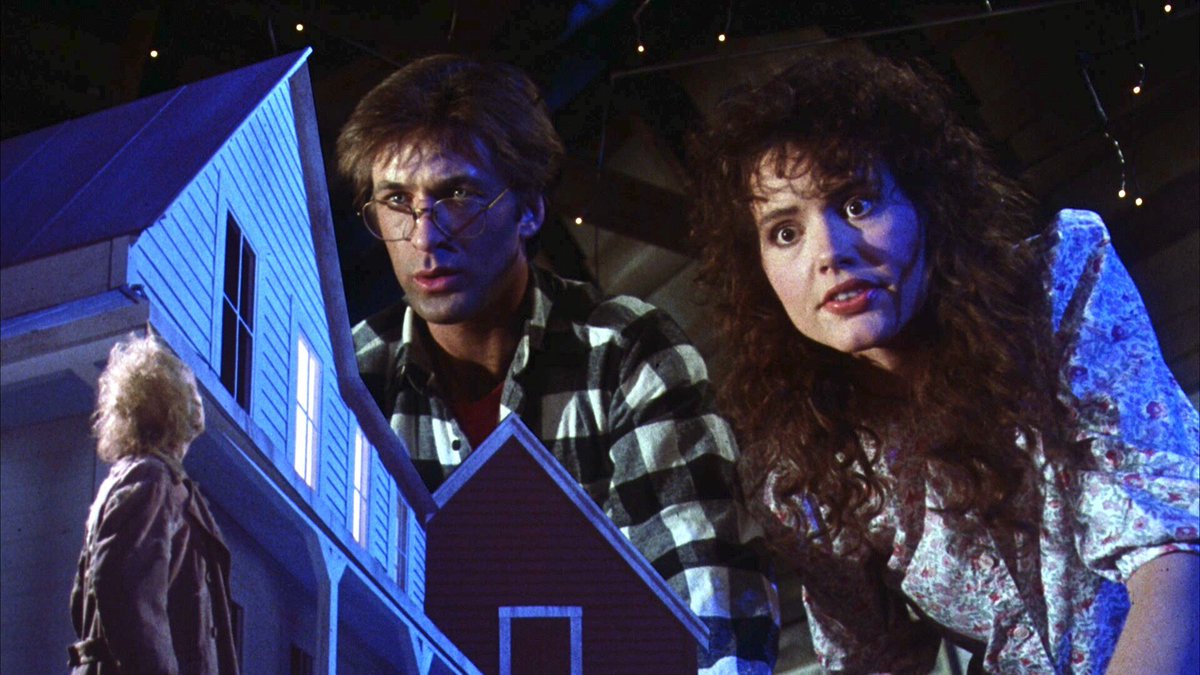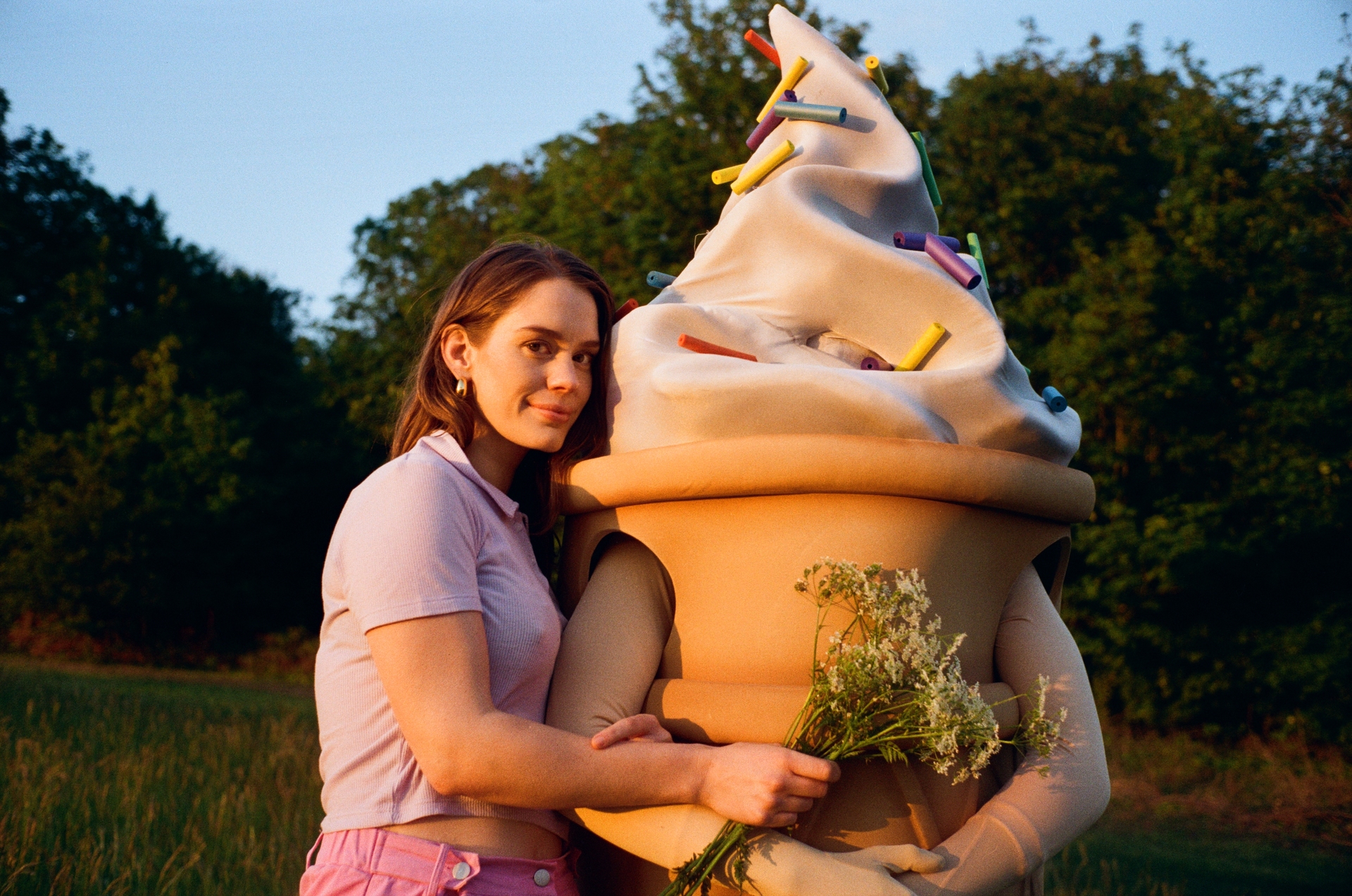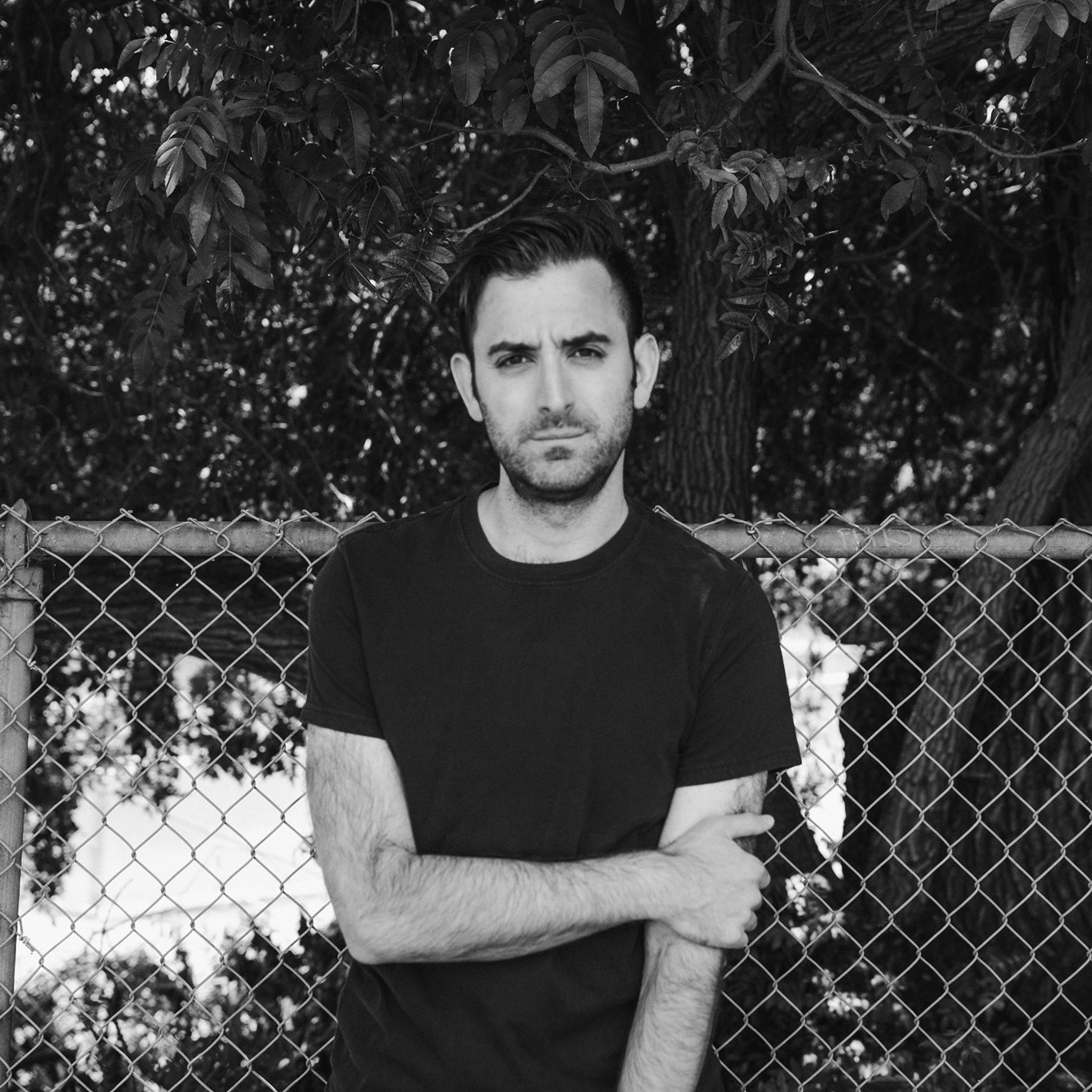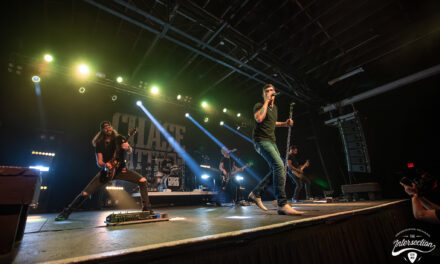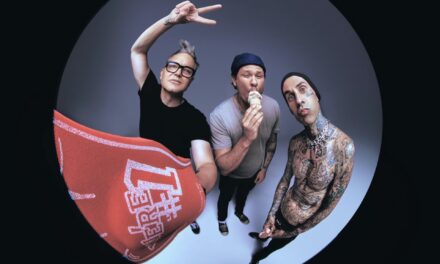A funny thing happened on the way back to the hardware store. What seemed to be just a nice day before an enjoyable vacation for Adam and Barbara Maitland (Alec Baldwin, Geena Davis) becomes a comical and creative exploration of what the afterlife could be. Picture caseworkers, waiting rooms, and The Handbook For The Recently Deceased. Tim Burton’s second full-length feature was an early indicator of his trademark artistic and storytelling.
The unforgettable main titles composed by Danny Elfman enters you in a world that straddles between the living and the dead. The Maitlands were very much a snapshot in time of a small, rural Connecticut town that feels like it hasn’t been touched by the outside world. There’s old-fashioned wallpaper and a miniature replica of the town that Adam works on. It’s only fitting that the New York outsiders, the Deetz’s’ move into the house right after the Maitlands’ untimely demise. Charles (Jeffrey Jones), a former real estate developer, Delia (Catherine O’Hara), an art deco-ish sculptor, her interior designer sidekick, Otto (Glenn Shadix), and their teenager daughter, Lydia (Winona Ryder) who could be less concerned with anything from the land of the living.
They move in and immediately start making ‘modern’ reservations to the house. There’s an excess of Delia’s art that Charles makes funny quips about. Stainless steel appliances, blue and gray walls, and additions to the outside erased the memories of the history before it. Of course, this means that the Maitlands’ have to haunt the family to get them out. The movie points out that they are novices in this line of work. They try the ole ghost sheets routine and even some classic ‘murder’ scares, but nothing works – just background noise. Even the classic dinner party scene that uses Harry Belafonte’s ‘Banana Boat’ is met with laughter. The adults even want to make the haunting into a theme-park attraction.
It’s not until they involve a mischievous and raunchy spirit named Beetlejuice (Michael Keaton) where things really move in the direction that they’d like. Some original folklore is interjected into the film by saying his name three times. He preys on their nativity and wants to exploit the haunting for his own means. The small, but significant plotline within the film is that the Maitlands wanted a full family before they passed away. Adam hints at trying again having a child when they go on vacation. Lydia, in all her emo splendor, becomes a surrogate daughter to them. It’s because she’s so tuned to exploring the afterlife that she’s able to interact with them. It’s the bond that they form with her where they try to co-exist as one enormous family.
Beetlejuice excels from its hilarious set pieces and the acting which totally buys into the fantasy. Keaton melts into the maniacal nature of Beetlejuice. Baldwin and Davis serve as the heartland part of the film. Ryder can channel a teenage character that just wants somebody to understand and embrace how weird she is. O’ Hara and Jones play off of each other as they strive to even each other out, and Shadix brings this clean, almost monotone pompousness that comically gets its comeuppance towards the end of the film.
You have a haunted house story with some heart to go along with it. Burton is able to transport the audience into different worlds with memorable characters. For instance, Juno (Sylvia Sidney) or the shrunken head guy that sits in the waiting room. The visual effects of the film stand out even almost forty years later. Everything down to the toy neighborhood itself is a living, changing entity.
Beetlejuice is an inventive spin on what the afterlife could be. What if it wasn’t just heaven and hell? What if there was a handbook that you were given to tell you what to do next that reads like stereo instructions? Maybe you couldn’t leave your residence because there was a huge sand monster that could attack you? These scenarios sound crazy, but all fit neatly within a Tim Burton world.

